

Nazareth

Nazareth, an Arab town with a large Christian presence
Nazareth; (Hebrew: נָצְרַת, Natzrat or Natzeret; Arabic: الناصرة al-Nāṣira or al-Naseriyye) is the largest city in the North District of Israel. Known as "the Arab capital of Israel," the population is predominantly made up of Arab citizens of Israel. In the New Testament, the city is described as the childhood home of Jesus, and as such is a center of Christian pilgrimage, with many shrines commemorating biblical events. The Mayor of Nazareth is a Palestinian Christian.
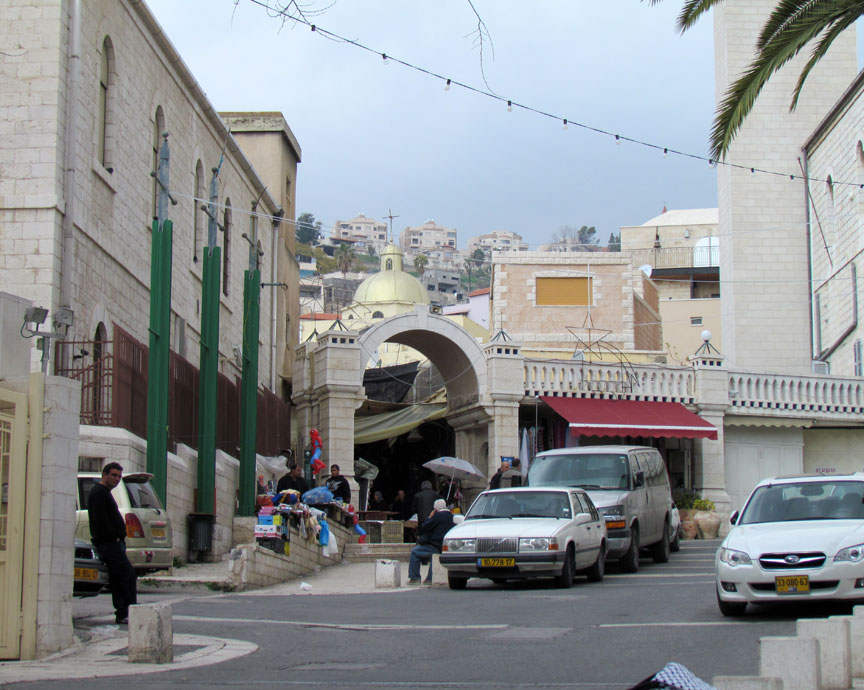
entrance to the market
Nazareth is not mentioned in pre-Christian texts and appears in many different Greek forms in the New Testament. There is no consensus regarding the origin of the name.
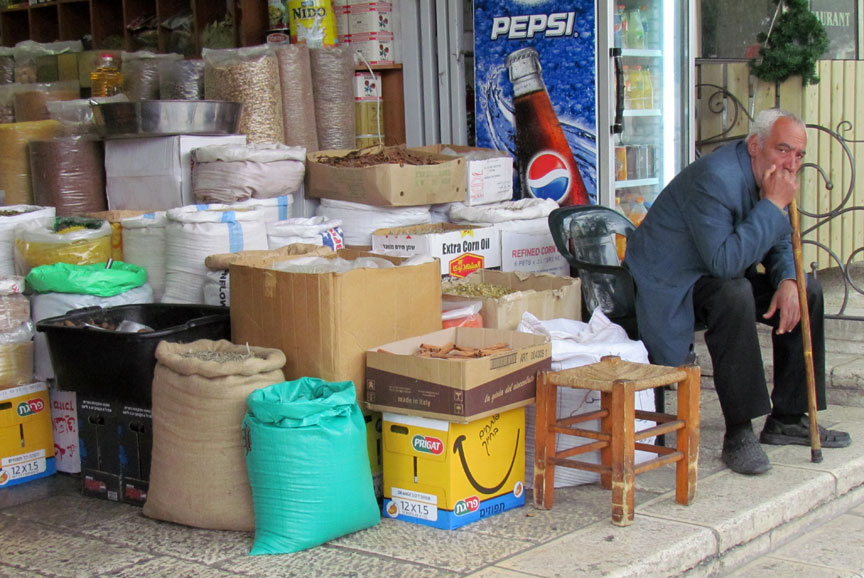
In English translations of the New Testament, one reads the phrase "Jesus of
Nazareth" seventeen times where the Greek means literally "Jesus the Nazarene"
or "Jesus the Nazoraean." Even though a standard English concordance (e.g.
Strong's Exhaustive Concordance of the Bible) lists "Nazareth" twenty-nine
times, the place is actually named only twelve times in surviving Greek versions
of the New Testament, where it appears in several forms: Nazara, Nazaret,
Nazareth, Nazarat, Nazarath. Nazara (Ναζαρα) is generally considered the
earliest form of the name in Greek, and is found in Matthew 4:13 and Luke 4:16,
as well as the putative Q document, which many scholars maintain preceded 70 AD
and the formation of the canonical Christian gospels. The form Nazareth appears
once in the Gospel of Matthew 21:11, four times in the birth chapters of the
Gospel of Luke at 1:26; 2:4, 2:39, 2:51, and once in the Acts of the Apostles at
10:38. In the Gospel of Mark, the name appears only once in 1:9 in the form
Nazaret.

Many scholars have questioned a link between "Nazareth" and the terms "Nazarene"
and "Nazoraean" on linguistic grounds, while some affirm the possibility of
etymological relation "given the idiosyncrasies of Galilean Aramaic."
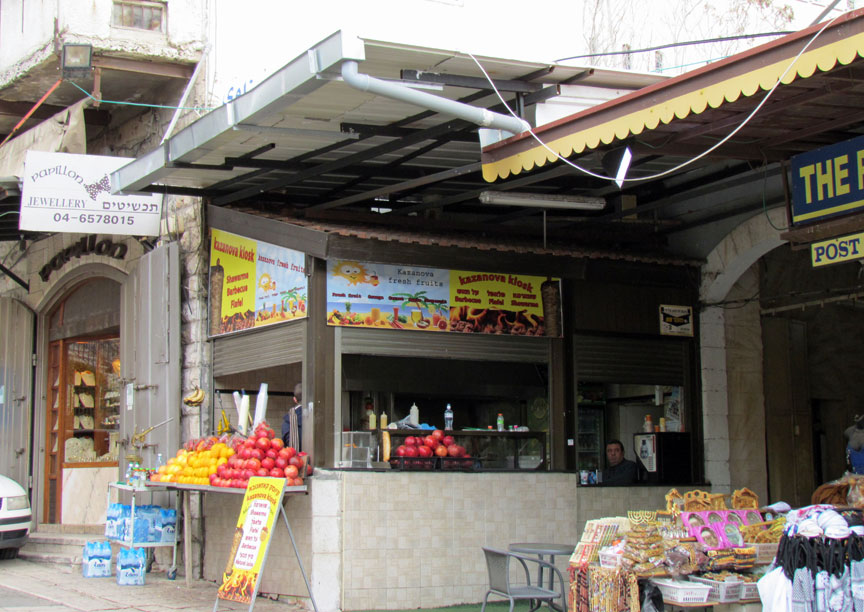
The form Nazara is also found in the earliest non-scriptural reference to the
town, a citation by Sextus Julius Africanus dated about 200 AD. The Church Father Origen (c. 185 to 254 AD)
knows the forms Nazara and Nazaret. Later, Eusebius in his Onomasticon
(translated by St. Jerome) also refers to the settlement as Nazara. In their
scriptures, the Mandeans mention nasirutha as a place they go.
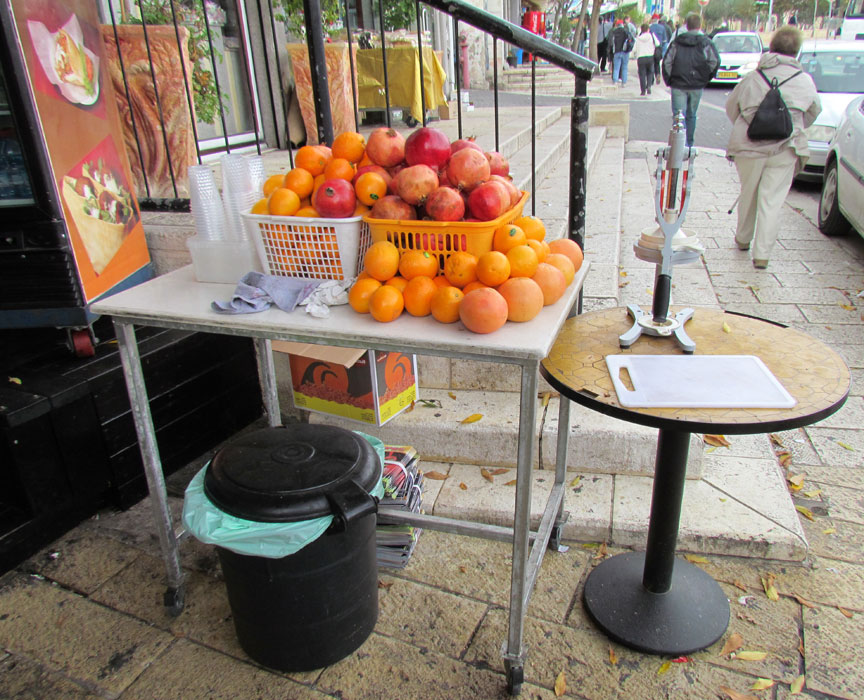
fresh fruit juice
The first non-Christian reference to Nazareth is an inscription on a marble fragment from a synagogue found in Caesarea Maritima in 1962. This fragment gives the town's name in Hebrew as nun·tsade·resh·tav. The inscription dates to c. 300 AD and chronicles the assignment of priests that took place at some time after the Bar Kokhba revolt, 132-35 AD. An 8th century AD Hebrew inscription, which was the earliest known Hebrew reference to Nazareth prior to the discovery of the inscription above, uses the same form.
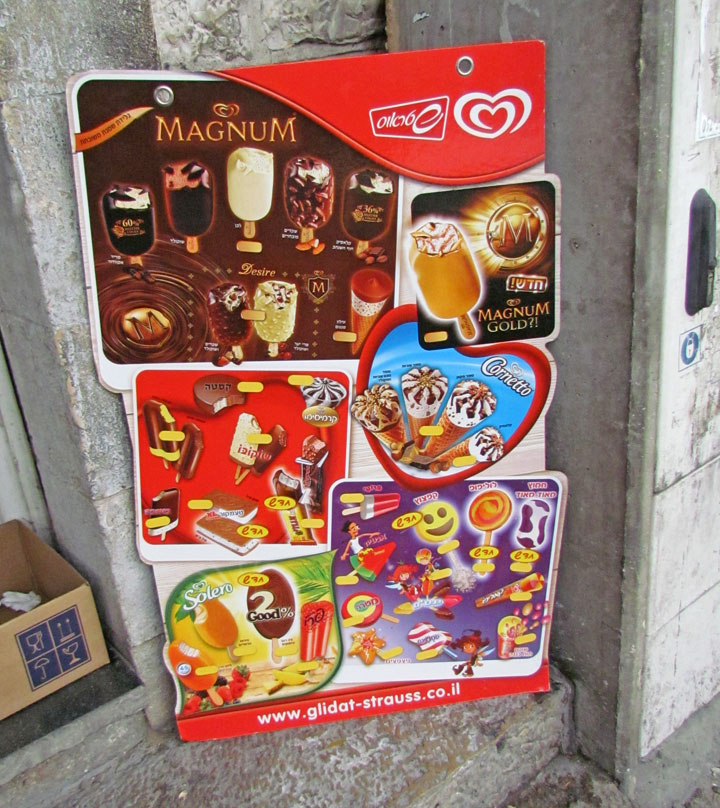
One theory holds that "Nazareth" is derived from the Hebrew noun ne·tser, נֵ֫צֶר,
meaning branch. Ne·tser is not the common Hebrew word for "branch," but one
understood as a messianic title based on a passage in the Book of Isaiah.
Alternately, the name may derive from the verb na·tsar, נָצַר, "watch, guard,
keep." The negative references to Nazareth in the Gospel of John suggest that
ancient Jews did not connect the town's name to prophecy.

olives
Another theory holds that the Greek form Nazara, used in Matthew and Luke, may derive from an earlier Aramaic form of the name, or from another Semitic language form. If there were a tsade in the original Semitic form, as in the later Hebrew forms, it would normally have been transcribed in Greek with a sigma instead of a zeta. This has led some scholars to question whether "Nazareth" and its cognates in the New Testament actually refer to the settlement we know traditionally as Nazareth in Lower Galilee. Such linguistic discrepancies may be explained, however, "by a peculiarity of the 'Palestinian' Aramaic dialect wherein a sade between two voiced (sonant) consonants tended to be partially assimilated by taking on a zayin (z) sound."
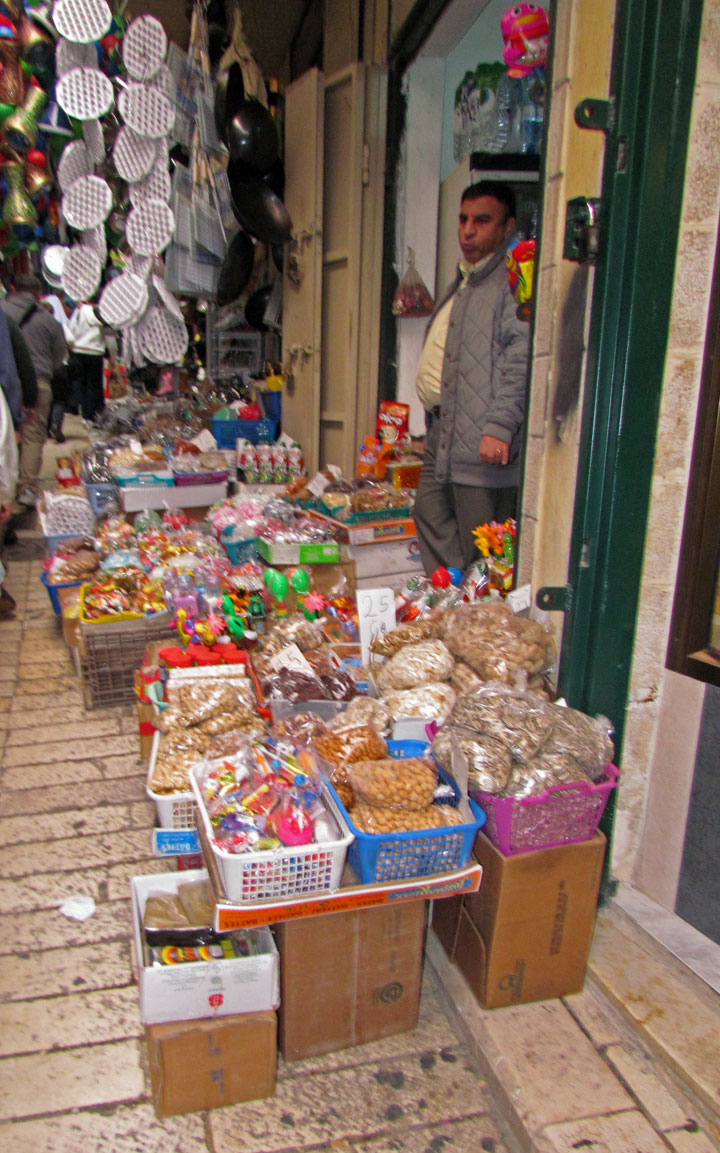
The Arabic name for Nazareth is an-Nāṣira, and Jesus (Arabic: يسوع, Yasū` or
Arabic: عيسى, `Īsā) is also called an-Nāṣirī, reflecting the Arab tradition of
according people a nisba, a name denoting from whence a person comes in either
geographical or tribal terms. In the Qur'an, Christians are referred to as
nasara, meaning "followers of an-Nāṣirī," or "those who follow Jesus."

Two general locations of Nazareth are attested in the most ancient texts. The
Galilean (Northern) location is familiar from the Christian gospels. However, a
Southern (Judean) tradition is also attested in several early noncanonical
texts.
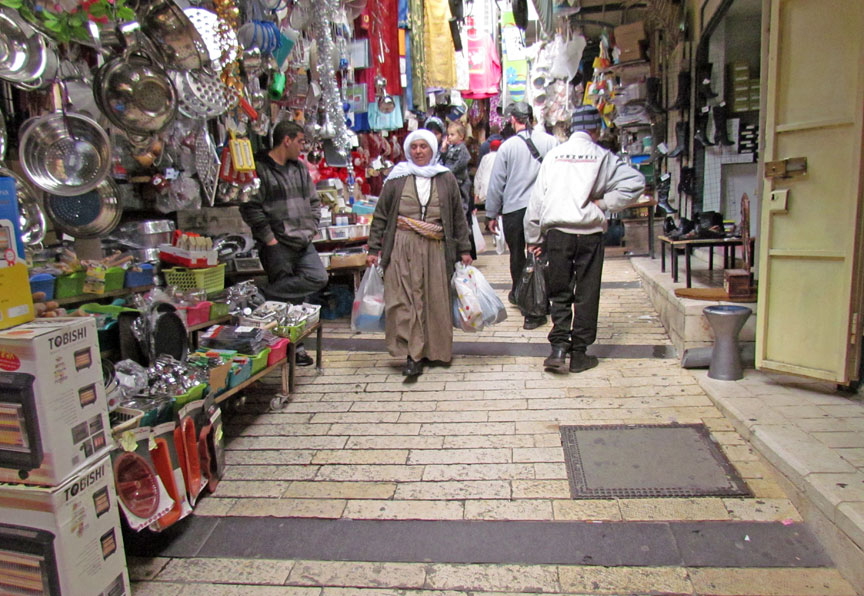
Modern-day Nazareth is nestled in a natural bowl which reaches from 1,050 feet
(320 m) above sea level to the crest of the hills about 1,600 feet (490 m).
Nazareth is about 25 kilometers (16 mi) from the Sea of Galilee (17 km as the
crow flies) and about 9 kilometres (5.6 mi) west from Mount Tabor. The Nazareth
Range, in which the town lies, is the southernmost of several parallel east-west
hill ranges that characterize the elevated tableau of Lower Galilee.

Nazareth is the largest Arab Palestinian city in Israel. Until the beginning of
the British Mandate in Palestine (1922–1948), the population was predominantly
Palestinian Christians (majority Orthodox Christians), with a Muslim minority.
Nazareth today still has a significant Christian population, made up of
Maronites, Orthodox Christians, Roman Catholic, Melkite Eastern Catholics,
Anglicans, Baptists, Evangelicals and Coptics, among others. The Muslim
population has grown, for a number of historical factors, that include the city
having served as administrative center under British rule, and the influx of
internally displaced Palestinian Arabs absorbed into the city from neighboring
towns following the 1948 Arab-Israeli war. Its population remains almost
exclusively Arab and numbered 64,800 in late 2009.

meat market
Archaeological research revealed a funerary and cult center at Kfar HaHoresh, about two miles (3 km) from Nazareth, dating back roughly 9000 years (to what is known as the Pre-Pottery Neolithic B era). The remains of some 65 individuals were found, buried under huge horizontal headstone structures, some of which consisted of up to 3 tons of locally-produced white plaster. Decorated human skulls uncovered there have led archaeologists to believe that Kfar HaHoresh was a major cult centre in that remote era.
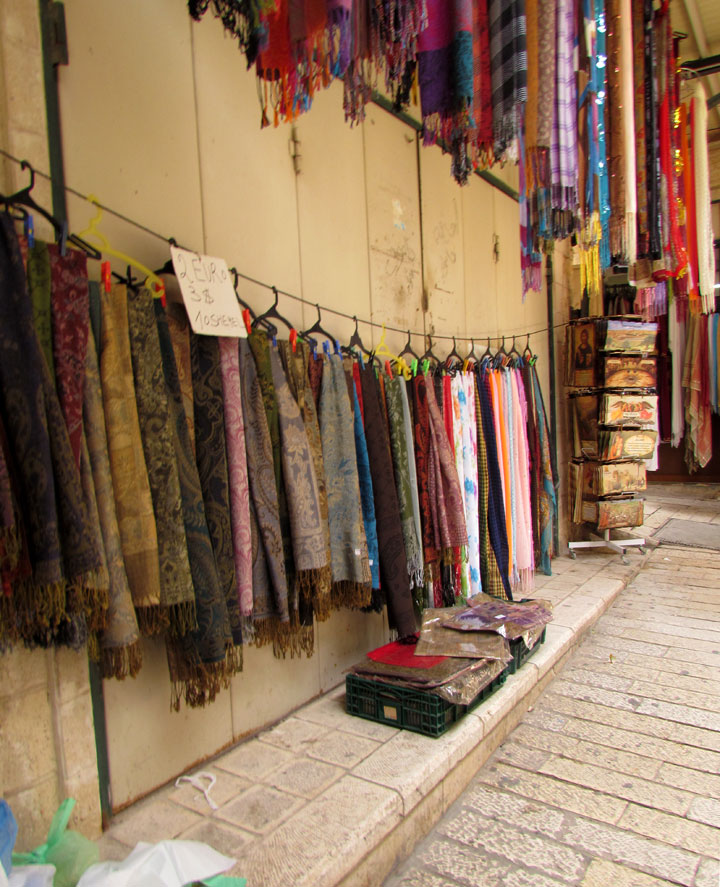
In 1620 the Catholic Church purchased an area in the Nazareth basin measuring
approx. 100 × 150 m (328.08 ft × 492.13 ft). on the side of the hill known as
the Nebi Sa'in. This "Venerated Area" underwent extensive excavation in 1955-65
by the Franciscan priest Belarmino Bagatti, "Director of Christian Archaeology."
Fr. Bagatti has been the principal archaeologist at Nazareth. His book,
Excavations in Nazareth (1969) is still the standard reference for the
archaeology of the settlement, and is based on excavations at the Franciscan
Venerated Area.
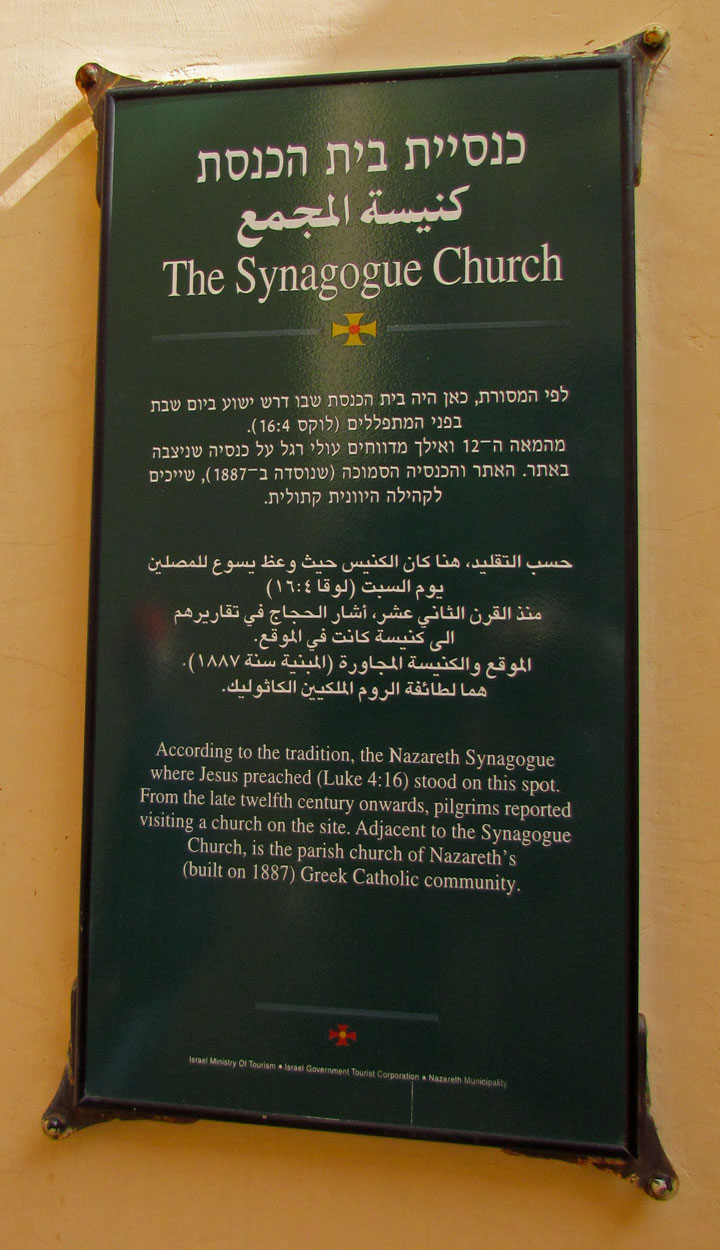
Synagogue
Fr. Bagatti uncovered pottery dating from the Middle Bronze Age (2200 to 1500 BC) and ceramics, silos and grinding mills from the Iron Age (1500 to 586 BC), pointing to substantial settlement in the Nazareth basin at that time. However, lack of archaeological evidence from Assyrian, Babylonian, Persian, Hellenistic or Early Roman times, at least in the major excavations between 1955 and 1990, shows that the settlement apparently came to an abrupt end about 720 BC, when many towns in the area were destroyed by the Assyrians.
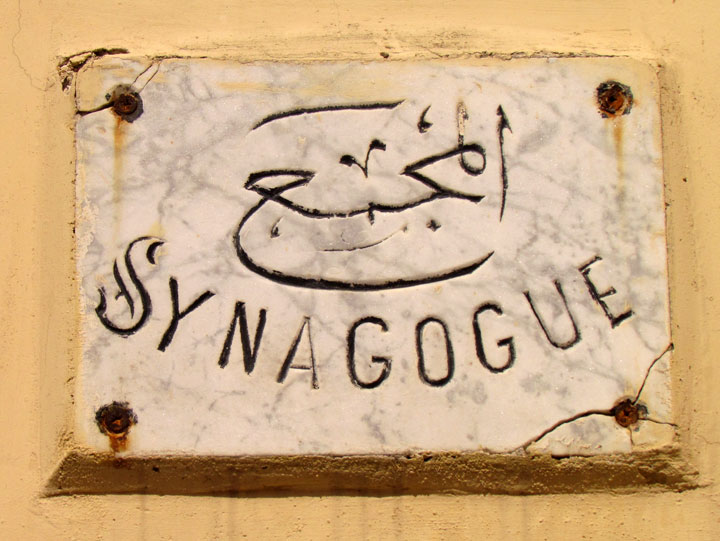
According to the Gospel of Luke, Nazareth was the home of Joseph and Mary and
the site of the Annunciation (when Mary was told by the Angel Gabriel that she
would have Jesus as her son); in the Gospel of Matthew, Joseph and Mary resettle
in Nazareth after fleeing to Egypt from their home in Bethlehem.[ Mt.] The
differences and possible contradictions between these two accounts of the
nativity of Jesus are part of the Synoptic Problem. Nazareth is also allegedly
where Jesus grew up from some point in his childhood. However, some modern
scholars argue that Nazareth was also the birth place of Jesus.

now a Christian church
James Strange, an American archaeologist, notes: “Nazareth is not mentioned in ancient Jewish sources earlier than the third century AD. This likely reflects its lack of prominence both in Galilee and in Judaea.” Strange originally speculated that the population of Nazareth at the time of Christ to be "roughly 1,600 to 2,000 people", but later, in a subsequent publication, at “a maximum of about 480.” In 2009 Israeli archaeologist Yardenna Alexandre excavated archaeological remains in Nazareth that might date to the time of Jesus in the early Roman period. Alexandre told reporters, "The discovery is of the utmost importance since it reveals for the very first time a house from the Jewish village of Nazareth."
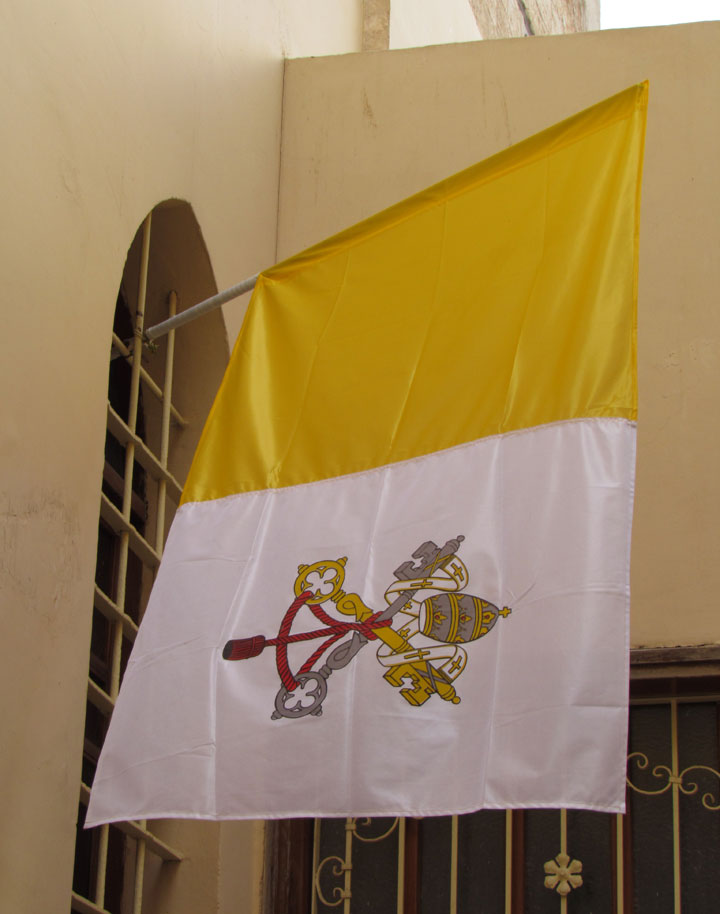
Roman Catholic
According to the Israel Antiquities Authority, "The artifacts recovered from inside the building were few and mostly included fragments of pottery vessels from the Early Roman period (the first and second centuries AD)... Another hewn pit, whose entrance was apparently camouflaged, was excavated and a few pottery shards from the Early Roman period were found inside it." Alexandre adds that "based on other excavations that I conducted in other villages in the region, this pit was probably hewn as part of the preparations by the Jews to protect themselves during the Great Revolt against the Romans in 67 AD".
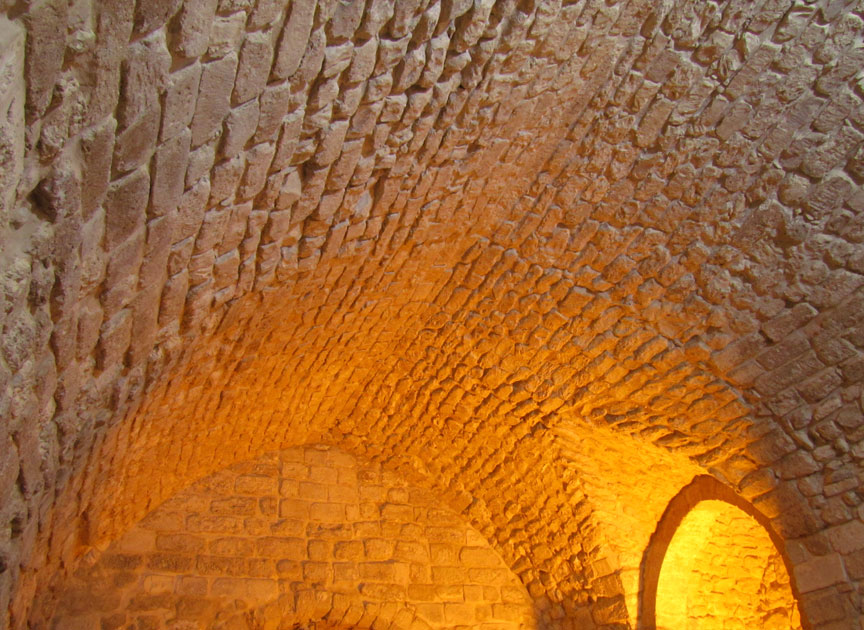
Ancient Nazareth may have built on the hillside, as indicated in the Gospel of
Luke: [And they led Jesus] to the brow of the hill on which their city was
built, that they might throw him down headlong.[Lk. 4:29] However, the hill in
question (the Nebi Sa'in) is far too steep for ancient dwellings and averages a
14% grade in the venerated area. Historic Nazareth was essentially constructed
in the valley; the windy hilltops in the vicinity have only been occupied since
the construction of Nazareth Illit in 1957. Noteworthy is that all the post-Iron
Age tombs in the Nazareth basin (approximately two dozen) are of the kokh (plural:kokhim)
or later types; this type probably first appeared in Galilee in the middle of
the 1st century AD. Kokh tombs in the Nazareth area have been excavated by B.
Bagatti, N. Feig, Z. Yavor, and noted by Z. Gal.
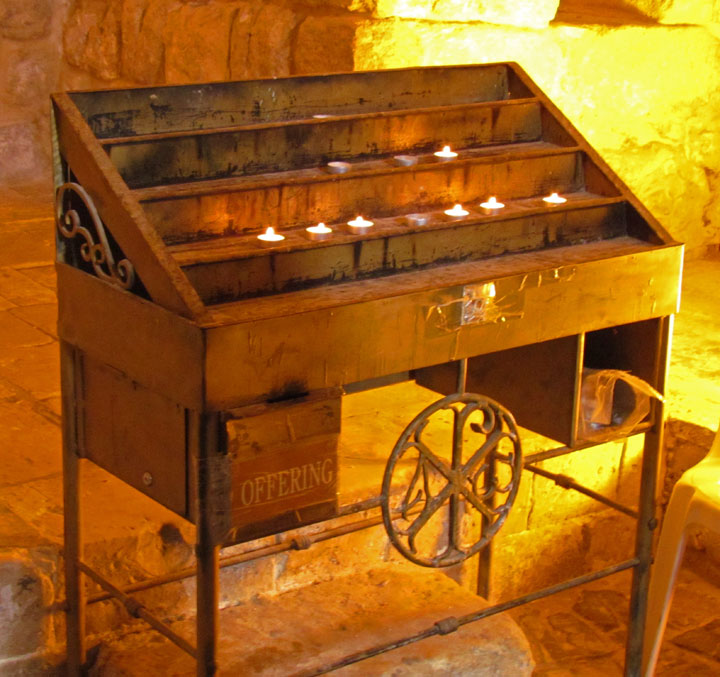
Excavations conducted prior to 1931 in the Franciscan venerated area revealed no
trace of a Greek or Roman settlement there, Fr. Bagatti, who acted as the
principal archaeologist for the venerated sites in Nazareth, unearthed
quantities of later Roman and Byzantine artifacts, attesting to unambiguous
human presence there from the 2nd century AD onward. John Dominic Crossan, a
noted New Testament scholar, remarked that Bagatti's archaeological drawings
indicate just how small the village actually was, suggesting that it was little
more than an insignificant hamlet.
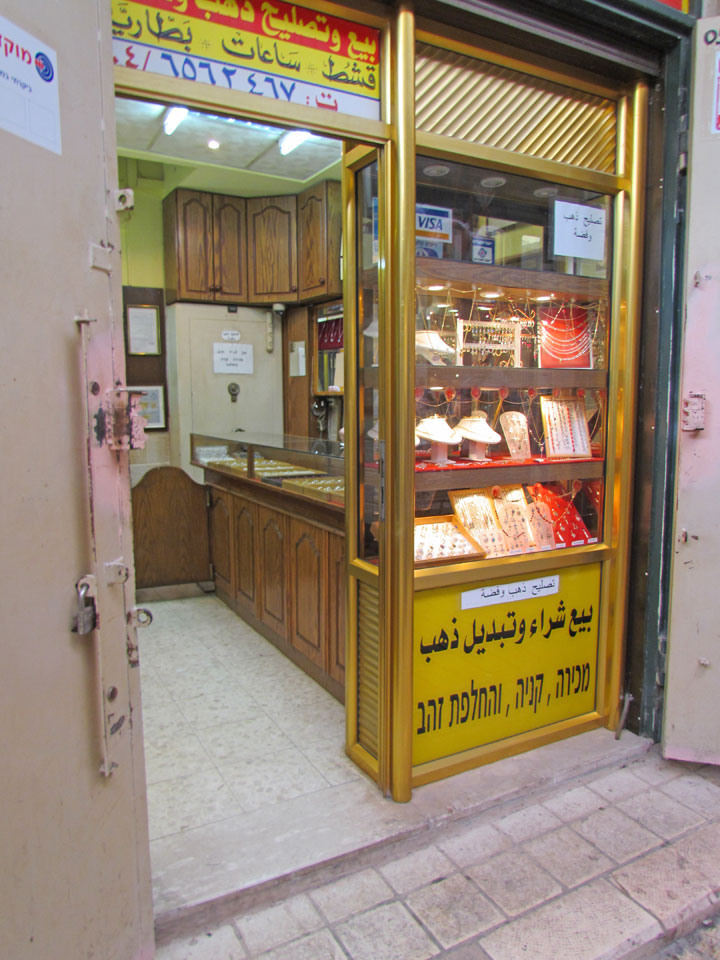
Matthew 2:19-23 reads:
After Herod died, an angel of the Lord appeared in a dream to Joseph in Egypt
and said, "Get up, take the child and his mother and go to the land of Israel,
for those who were trying to take the child's life are dead." So he got up, took
the child and his mother and went to the land of Israel. But when he heard that
Archelaus was reigning in Judea in place of his father Herod, he was afraid to
go there. Having been warned in a dream, he withdrew to the district of Galilee,
and he went and lived in a town called Nazareth. So was fulfilled what was said
through the prophets: "He will be called a Nazarene."

In the Gospel of John, Nathaniel asks, "Can anything good come out of
Nazareth?"[1:46] The meaning of this cryptic question is debated. Some
commentators and scholars suggest that it means Nazareth was very small and
unimportant, but the question does not speak of Nazareth’s size but of its
goodness. In fact, Nazareth was described negatively by the evangelists; the
Gospel of Mark argues that Nazareth did not believe in Jesus and therefore he
could "do no mighty work there";[Mk 6:5] in the Gospel of Luke, the Nazarenes
are portrayed as attempting to kill Jesus by throwing him off a cliff;[Lk 4:29]
in the Gospel of Thomas, and in all four canonical gospels, we read the famous
saying that "a prophet is not without honor except in his own country."
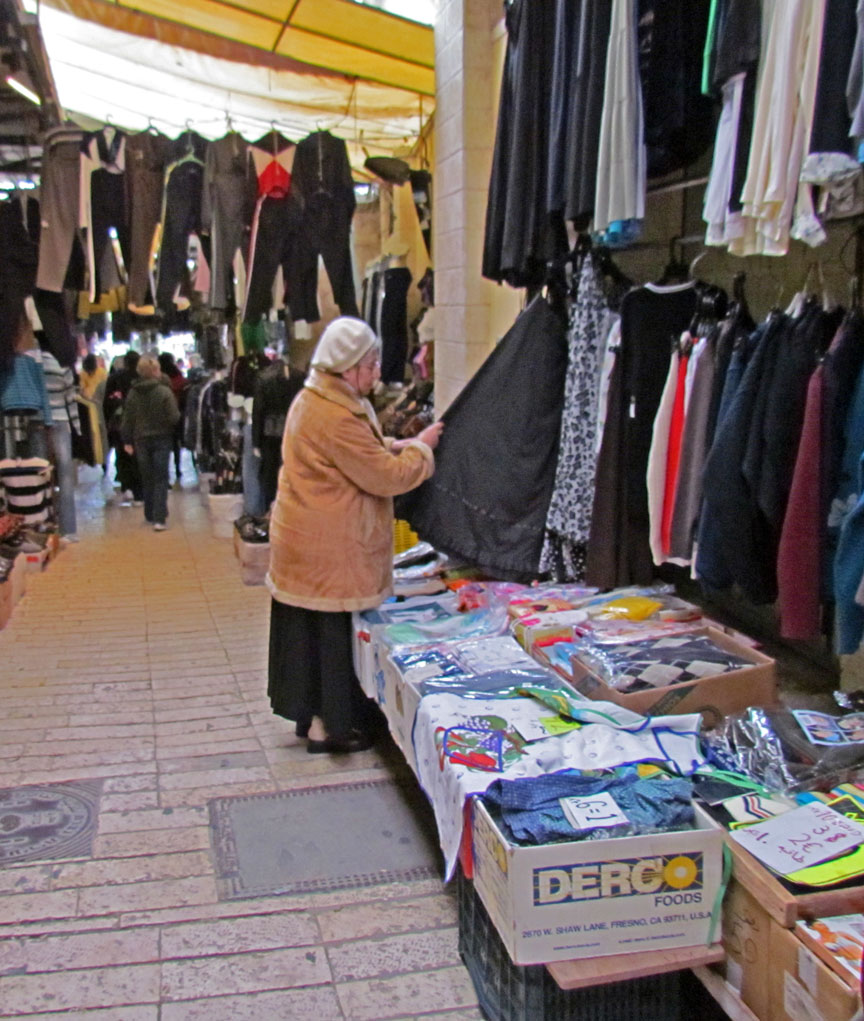
Many scholars since W. Wrede (in 1901) have noted the so-called Messianic secret
in the Gospel of Mark, whereby Jesus' true nature and/or mission is portrayed as
unseen by many, including by his inner circle of disciples[Mk 8:27-33] (compare
the Gospel of John's references to those to whom only the Father reveals Jesus
will be saved). Nazareth, being the home of those near and dear to Jesus,
apparently suffered negatively in relation to this doctrine. Thus, Nathanael’s
question, “Can anything good come out of Nazareth?” is consistent with a
negative view of Nazareth in the canonical gospels, and with the Johannine
proclamation that even his brothers did not believe in him.[Jn 7:5]
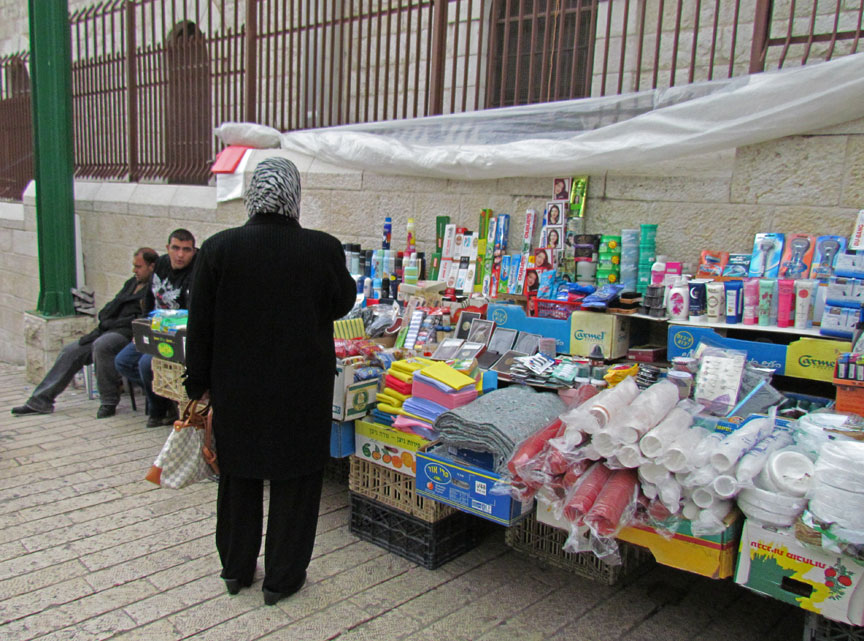
A tablet at the Bibliothèque Nationale in Paris, dating to 50 AD, was sent from
Nazareth to Paris in 1878. It contains an inscription known as the "Ordinance of
Caesar" that outlines the penalty of death for those who violate tombs or
graves. However, it is suspected that this inscription came to Nazareth from
somewhere else (possibly Sepphoris). Bagatti writes: “we are not certain that it
was found in Nazareth, even though it came from Nazareth to Paris. At Nazareth
there lived various vendors of antiquities who got ancient material from several
places.” C. Kopp is more definite: "It must be accepted with certainty that [the
Ordinance of Caesar]… was brought to the Nazareth market by outside merchants."
Princeton University archaeologist Jack Finegan describes additional
archaeological evidence related to settlement in the Nazareth basin during the
Bronze and Iron Ages, and states that "Nazareth was a strongly Jewish settlement
in the Roman period.".

the Menu
In the mid-1990s, shopkeeper Elias Shama discovered tunnels under his shop near
Mary's Well in Nazareth. The tunnels were eventually recognized as a hypocaust
(a space below the floor into which warm air was pumped) for a bathhouse. The
surrounding site was excavated in 1997-98 by Yardena Alexandre, and the
archaeological remains exposed were ascertained to date from the Roman,
Crusader, Mamluk and Ottoman periods.
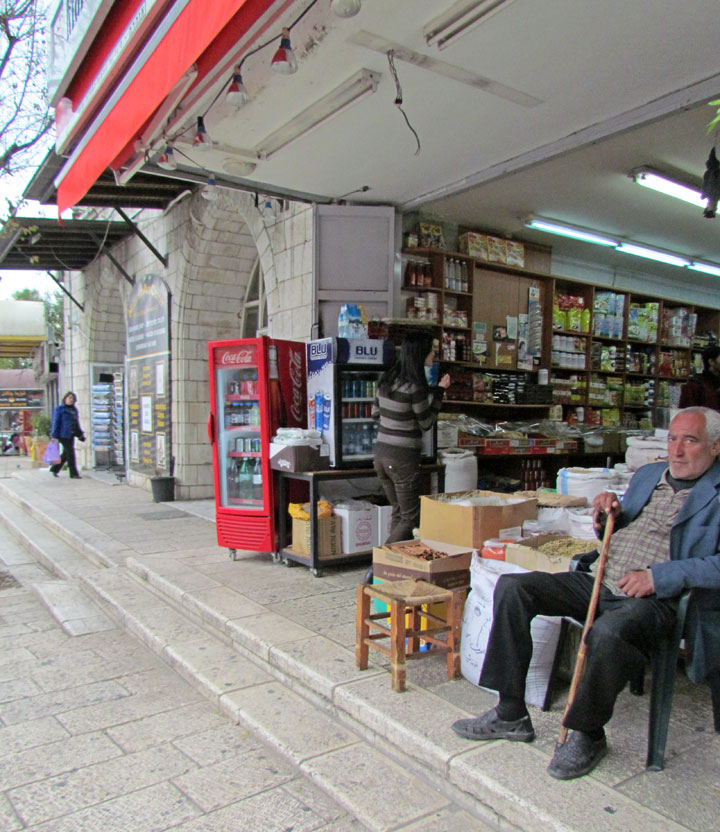
Epiphanius writes in the Panarion (c. 375 AD) of a certain elderly Count Joseph
of Tiberias, a wealthy imperial Roman Jew who converted to Christianity in the
time of Constantine. Count Joseph claimed that as a young man he built churches
in Sepphoris and other towns that were inhabited only by Jews. Nazareth is
mentioned, though the exact meaning is not clear. In any case, Joan Taylor
writes: "It is now possible to conclude that there existed in Nazareth, from the
first part of the fourth century, a small and unconventional church which
encompassed a cave complex." The town was Jewish until the 7th century AD.
Although mentioned in the New Testament gospels, there are no extant
non-biblical references to Nazareth until around 200 AD, when Sextus Julius
Africanus, cited by Eusebius (Church History 1.7.14), speaks of “Nazara” as a
village in "Judea" and locates it near an as-yet unidentified “Cochaba.” In the
same passage Africanus writes of desposunoi - relatives of Jesus - who he claims
kept the records of their descent with great care. A few authors have argued
that the absence of 1st and 2nd century AD textual references to Nazareth
suggest the town may not have been inhabited in Jesus' day. Proponents of this
hypothesis have buttressed their case with linguistic, literary and
archaeological interpretations, though archaeologist Dr Ken Dark dismisses such
views as "archaeologically unsupportable".

In 1960, a Hebrew inscription found in Caesarea, dating to the late 3rd or early
4th century, mentions Nazareth as one of the places in which the priestly (kohanim)
family of Hapizzez was residing after Bar Kokhba's revolt (132-135 AD). From the
three fragments that have been found, it is possible to show that the
inscription was a complete list of the twenty-four priestly courses (cf. 1
Chronicles 24:7-19; Nehemiah 11;12), with each course (or family) assigned its
proper order and the name of each town or village in Galilee where it settled.
An interesting aspect of this inscription is that the name for Nazareth is not
spelled with the "z" sound (as one would expect from the Greek gospels) but with
the Hebrew tsade (thus "Nasareth" or "Natsareth"). Eleazar Kalir (a Hebrew
Galilean poet variously dated from the 6th to 10th century) also mentions a
locality clearly in the Nazareth region bearing the name Nazareth נצרת (in this
case vocalized "Nitzrat"), which was home to the descendants of the 18th Kohen
clan or 'priestly course', Happitzetz הפצץ, for at least several centuries
following the Bar Kochva revolt.
In the 6th century, religious narrations from local Christians about the Virgin
Mary began to spark interest in the site among pilgrims, who founded the Greek
Orthodox Church of the Annunciation at the site of a freshwater spring, today
known as Mary's Well. In 570, the Anonymous of Piacenza reports travelling from
Sepphoris to Nazareth; writing of the beauty of the Hebrew women there who say
that St. Mary was a relative of theirs, he notes that, "The house of St. Mary is
a basilica."
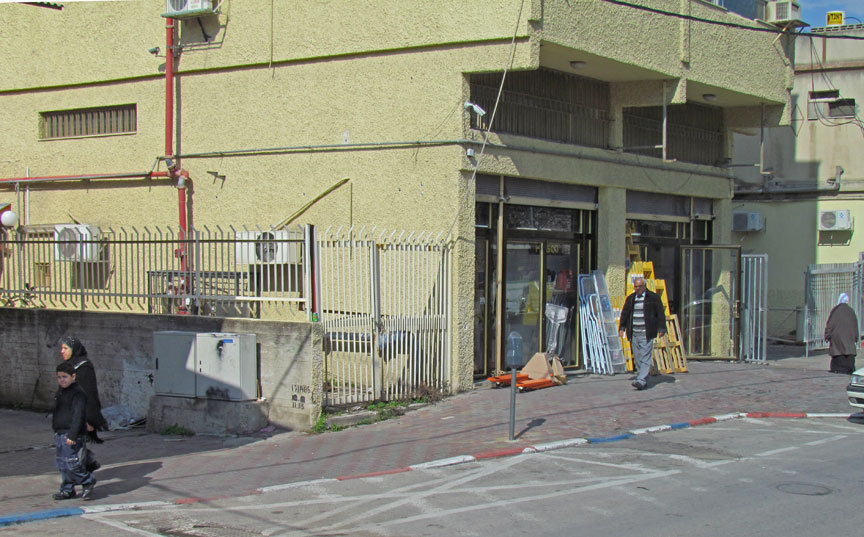
The Christian writer Jerome, writing in the 5th century, says Nazareth was a
viculus or mere village. The Jewish town profited from the Christian pilgrim
trade which began in the 4th century, but latent anti-Christian hostility broke
out in 614 AD when the Persians invaded Palestine. At that time, according to C.
Kopp writing in 1938, the Jewish residents of Nazareth helped the Persians
slaughter the Christians in the land.[60] When the Byzantine or Eastern Roman
emperor Heraclius ejected the Persians from Palestine in 630 AD, he singled out
Nazareth for special punishment and imposed forced exile upon the Jewish
families. At this time the town ceased to be Jewish.
The Muslim conquest of Palestine in 637 AD introduced Islam to the region. Over
the next four centuries Islam was adopted by much of the population, though a
significant Arab Christian minority remained. With outbreak of the First
Crusade, an extended period of conflict began in which control shifted several
times between the local Saracens and Europeans. Control over Galilee and
Nazareth shifted frequently during this time, with corresponding impact on the
religious makeup of the population.

entrance to Nazareth Village
In 1099 AD, the Crusader Tancred captured Galilee and established his capital in
Nazareth. The ancient diocese of Scythopolis was also relocated under the
Archbishop of Nazareth, one of the four archdioceses in the Kingdom of
Jerusalem. The town returned to Muslim control in 1187 AD following the victory
of Saladin in the Battle of Hattin. The remaining Crusaders and European clergy
were forced to leave town. Frederick II managed to negotiate safe passage for
pilgrims from Acre in 1229, and in 1251, Louis IX, the king of France, attended
mass in the grotto, accompanied by his wife.
In 1263, Baybars, the Mamluk Sultan, destroyed the Christian buildings in
Nazareth and declared the site off-limits to Latin clergy, as part of his bid to
drive out the remaining Crusaders from Palestine. While Arab Christian families
continued to live in Nazareth, its status was reduced to that of a poor village.
Pilgrims who visited the site in 1294 reported only a small church protecting
the grotto.
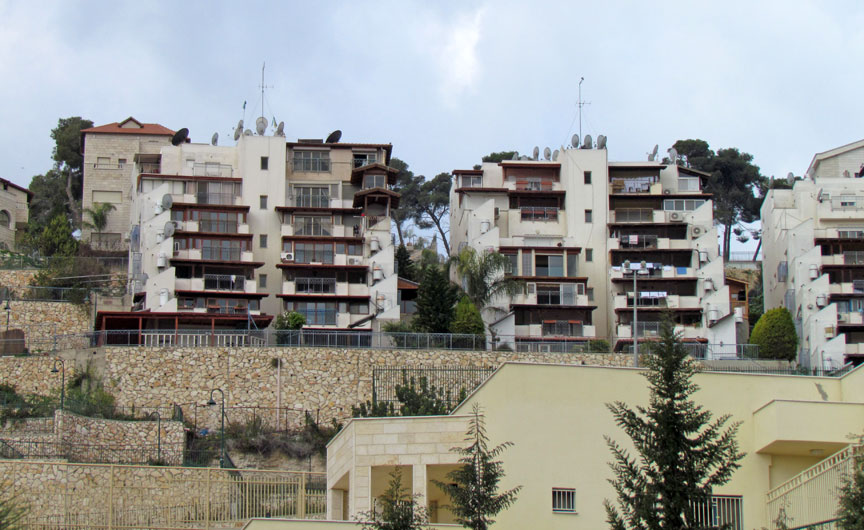
In the 14th century, monks from the Franciscan Order were permitted to return
and resided within the ruins of the Basilica, but they were eventually evicted
again in 1584. In 1620, Fakhr-al-Din II, a Druze emir who controlled this part
of Ottoman Syria rule, permitted them to return to build a small church at the
Grotto of the Annunciation. Pilgrimage tours to surrounding sacred sites were
also organized by the Franciscans from this point forward, but the monks
suffered harassment from surrounding Bedouin tribes who often kipnapped them for
ransom. Stability returned with the rule of Daher el-Omar, a powerful local
sheikh who ruled over much of the Galilee and who authorized the Franciscans to
build a church in 1730. That structure stood until 1955, when it was demolished
to make way for the building a larger structure which was completed in 1967.
Nazareth was captured by the troops of Napoleon Bonaparte in 1799, during his
Syrian campaign. Napoleon visited the holy sites and considered appointing his
general Junot as the duke of Nazareth. During the rule of Ibrahim Pasha
(1830–1840), the Egyptian general, over much of Ottoman Syria, Nazareth was open
to European missionaries and traders. After the Ottomans regained control,
European money continued to flow into Nazareth and a number of institutions were
established. The Christians of Naareth were protected during the pogroms of
1860s by the dominant rule of Aghil Agha, the Bedouin leader who exercised
control over the political and security situation in the Galilee between 1845
and 1870.
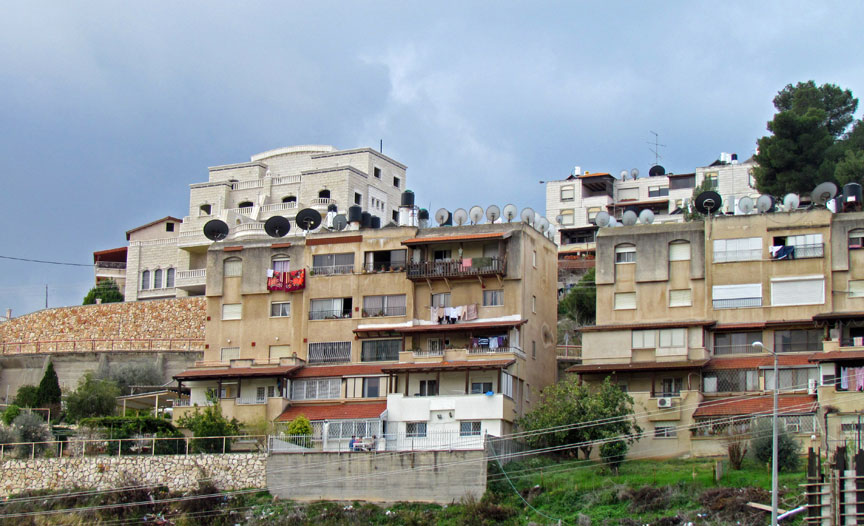
Kaloost Varstan, an Armenian from Istanbul, arrived in 1864 and established the
first medical missionary in Nazareth, the Scottish "hospital on the hill", with
sponsorship from the Edinburgh Medical Missionary Society. The Ottoman Sultan,
who favored the French, allowed them to establish an orphanage, the Society of
Saint Francis de Sale. By the late 19th century, Nazareth was a town with a
strong Arab Christian presence and a growing European community, where a number
of communal projects were undertaken and new religious buildings were erected.
Nazareth was in the territory allotted to the Arab state under the 1947 UN
Partition Plan. The town was not a field of battle during 1948 Arab-Israeli War
before the first truce on 11 June, although some of the villagers had joined the
loosely organized peasant military and paramilitary forces, and troops from the
Arab Liberation Army had entered Nazareth. During the ten days of fighting which
occurred between the first and second truce, Nazareth capitulated to Israeli
troops during Operation Dekel on 16 June, after little more than token
resistance. The surrender was formalized in a written agreement, where the town
leaders agreed to cease hostilities in return for promises from the Israeli
officers, including brigade commander Ben Dunkelman (the leader of the
operation), that no harm would come to the civilians of the town.
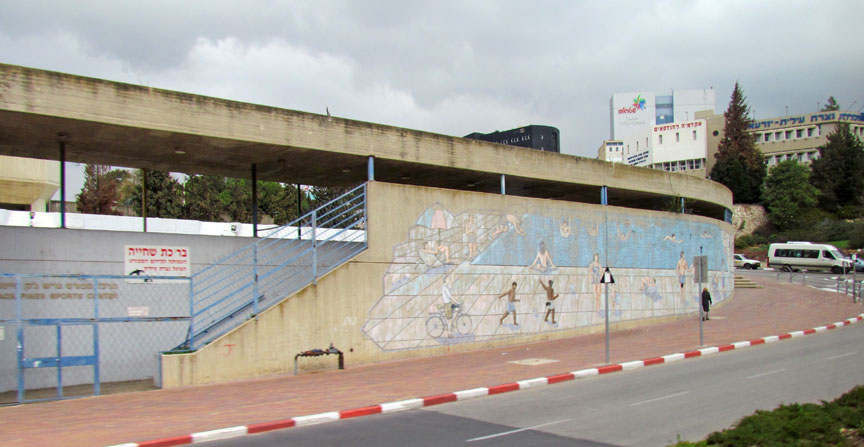
sports location
Preparations for the Pope's visit to Nazareth in 2000 triggered highly
publicized tensions related to the Basilica of the Annunciation. The 1997
permission for construction of a paved plaza to handle the expected thousands of
Christian pilgrims caused Muslim protests and occupation of the proposed site,
which is considered the grave of a nephew of Saladin. This site used to be the
home of a school built during the Ottoman rule. The school was named al-Harbyeh
(in Arabic means military), and many elderly people in Nazareth still remember
it as the school site, nevertheless, the same site still contains,the
Shihab-Eddin shrine, along with several shops owned by the waqf (Muslim
community ownership). The school building continued to serve as a government
school until it was demolished to allow for the plaza to be built.
The initial argument between the different political factions in town
(represented in the local council), was on where the borders of the shrine and
shops starts and where it ends. The initial government approval of subsequent
plans for a large mosque to be constructed at the site led to protests from
Christian leaders worldwide, which continued after the papal visit. Finally, in
2002, a special government commission permanently halted construction of the
mosque.
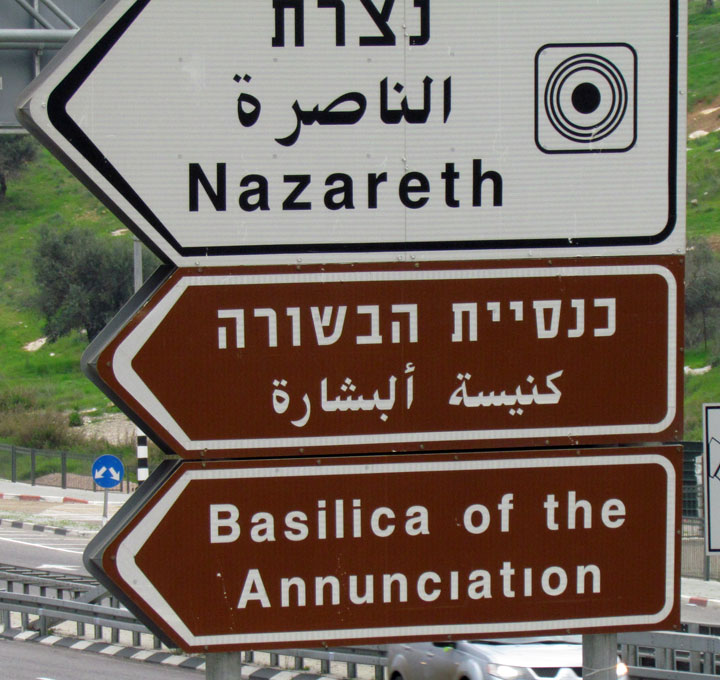
In March 2006, public protests that followed the disruption of a Lenten prayer
service by an Israeli Jew and his Christian wife and daughter, who detonated
incendiary devices inside the church, succeeded in dismantling a temporary wall
that had been erected around the public square that had been constructed but had
yet to be unveiled, putting an end to the entire controversy.
Text from Wikipedia